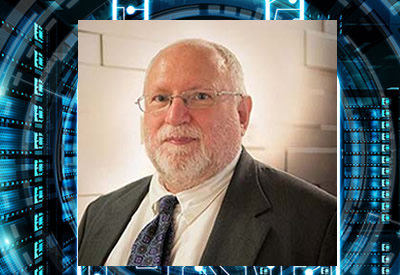Posted on March 22, 2018 by Joanna Carver
 Kilger, associate professor of practice and director of the college’s Data Analytics program, spoke in the conference’s new Security Series on “Digital Life + Government Policy + National Security.”
Kilger, associate professor of practice and director of the college’s Data Analytics program, spoke in the conference’s new Security Series on “Digital Life + Government Policy + National Security.”
“Understanding the relationship between people and digital technology is not just a consumer issue or an industry issue, but one that uniquely involves policymakers and national security issues,” said Kilger, who is the co-author of the book Deception in the Digital Age.
Kilger’s research focuses strategically rather than tactically on developing scenarios for future cyber threats and the motivations of malicious online actors.
“The human element of cyber security has been neglected for some time and is as important to our security as the technology aspect,” he said.
Utilizing his background as a Stanford-trained social psychologist, Kilger has studied the interactions of hackers, cyber criminals and cyber terrorists.
“For the first time in history, a person may–through the use of digital technology–be able to effectively change the strategic direction of or directly attack a nation state,” said Kilger.
“Historically and until recently, most industry and government responses have been defensive in nature, but it is often too late by then,” he said. “It is like the pioneers circling their wagons to prevent attacks in the early American West. It was a good short-term strategy, but not a very good strategy in the mid-to-long term for that wagon train.”
Through his research, Kilger has identified six motivations for malicious online actors or groups. They include money, ego, entertainment, cause, entry to social groups and status.
“If you follow the kill chain upstream, at the end is a human person with motivations and objectives,” said Kilger.
“Learning how to understand and foresee those motivations and objectives is crucial to predicting future cyber threats.”
Wendy Frost–
Please send your comments to wendy.frost@utsa.edu

